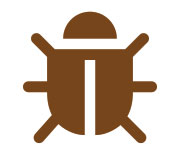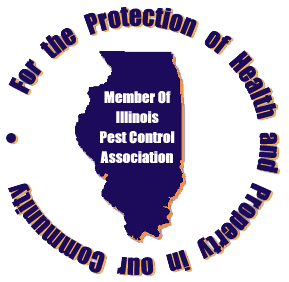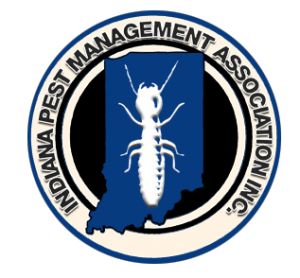Spring is tornado season in the Midwest. Small children are being marched through school hallways and drilled on how to take cover, storm chasers are doing the final check on their vehicles and equipment and the Weather Channel is primed for a major ratings boost. We have all seen the horrifying aftermath of these devastating storms and we collectively wonder how anyone ever survives the carnage.
It is not at all uncommon for the nightly news to lead with footage of leaping flames engulfing a warehouse, apartment building or a home. The dramatic video shows brave firemen battling the inferno while risking their lives to save the occupants. The charred and smoking remnants of the structure scream as a warning to all to take precautions and testifies to the destructive capabilities of fire.
Although much less dramatic and not associated with the loss of human life, there is another force in nature that is responsible for more destruction every year in the United States than all the tornados and fires combined! Termites.
Termites are wood destroying insects that require cellulose as a food source in order to survive. They do not eat greases, crumbs, syrups, plants, flowers or tree sap the way other insects do. They must eat wood in order to survive and where they can’t find it in nature in the form of dead timber they find it in plentiful quantities in wooden framed houses. These insects are subterranean meaning that they live below the ground and they attack a structure at grade level or below in the initial stages of an infestation. Unfortunately the structural timbers at the lowest levels of the home which include the floor joists, header beams and sill plates, provide the support and “carry the load” of all that exists above. When these timbers are compromised, major structural damage can and will occur and it is quite typical that standard homeowners insurance policies do not cover termite damage.
In order to prevent becoming a victim of the termite it is important to understand where they are found and what they look like. There are some areas where termites do not exist. These are areas of heavy clay soil with high moisture content that are not conducive to subterranean termite movement and reproduction. On the other hand soft, sandy soil is ideal for termites and in these areas there are extremely “high pressure” zones where termites exist in large numbers. If you are aware of the soil type where you live you will have a beginning point to determine your “at risk” status. Since termites are subterranean and found in large numbers in some areas but not in others, neighbors can be an excellent source for determining their presence or absence in any given area.
In areas where termites are present they build mud tunnels from the ground to the house by which they travel back and forth. These can be highly visible in unfinished basements, crawl spaces or garages. They also “swarm” in the spring of the year in an effort to reproduce and will often emerge in the living areas of houses where they are misidentified as flying ants. Use the internet as a tool to help identify both the tunnels and the “swarmers” as well as the termite damage itself.
Early detection is the key to avoiding serious structural damage. If you would like any more information on this destructive insect or would like to schedule a home inspection call Monroe Pest Control Co. Inc. for a free inspection/estimate.








